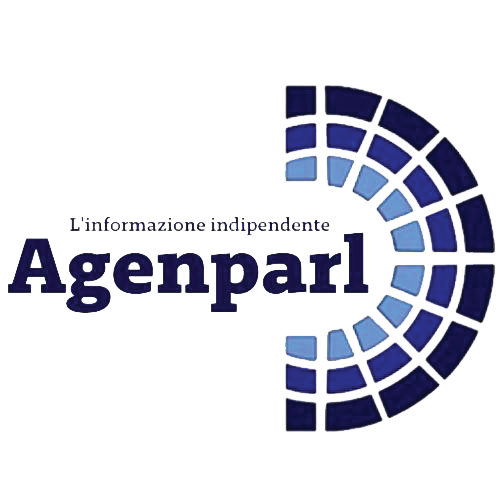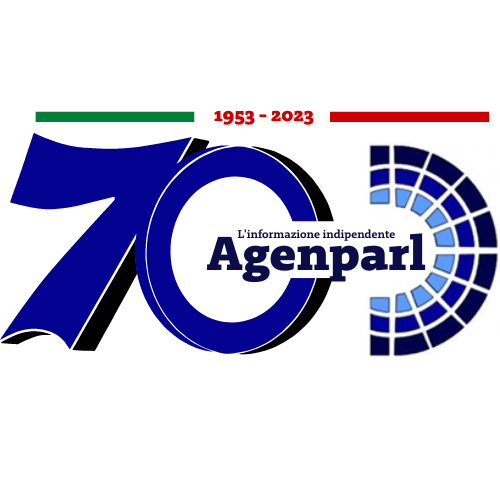 (AGENPARL) - Roma, 8 Novembre 2022
(AGENPARL) - Roma, 8 Novembre 2022(AGENPARL) – mar 08 novembre 2022 You are subscribed to Collected Releases for U.S. Department of State. This information has recently been updated, and is now available.
11/07/2022 09:46 AM EST
Office of the Spokesperson
Greenhouse gas emissions from the shipping sector are significant, increasing, and on a trajectory that is not compatible with the goals of the Paris Agreement. Compared to country emissions, the sector would rank among the top ten largest emitters globally.
To help place the sector on a pathway to align with the goal to limit global temperature rise to 1.5 degrees Celsius, the United States and Norway organized the Green Shipping Challenge at COP27. The Challenge encouraged governments, ports, and companies to prepare commitments to spur the transition to green shipping.
The United States is leading the transition to zero-emission shipping as part of our commitment to tackle the climate crisis at home and internationally. For example:
– The Inflation Reduction Act includes a new $3 billion rebate and grant program at the Environmental Protection Agency to provide funding for zero-emission port equipment or technology, along with technical assistance for electrification and emissions reductions planning and port climate action plan development. Because ports can be a significant source of pollution, this program will promote the public health of near-port communities.
– The U.S. Department of Transportation announced more than $703 million to fund 41 projects in 22 states and one territory that will improve port facilities through the Maritime Administration’s Port Infrastructure Development Program. The funding, made possible by the Bipartisan Infrastructure Law and additional Congressional appropriations, will benefit coastal seaports, Great Lakes ports, and inland river ports, helping improve supply chain reliability through increased port capacity and resilience, more efficient operations, reduced port emissions, and new workforce opportunities.
– The United States is working with countries in the International Maritime Organization (IMO) to include in the revision of the Initial IMO Strategy on the Reduction of GHG Emissions from Ships a goal of phasing out greenhouse gas emissions from international shipping to zero no later than 2050, goals for 2030 and 2040 that align with the midcentury target, and dedication to a just transition that leaves no one behind.
New announcements under the Green Shipping Challenge include:
Facilitating U.S. Green Shipping Corridors
– The United States and the Republic of Korea are announcing technical cooperation to help facilitate establishment of a green shipping corridor. The U.S. Department of State, U.S. Department of Energy, Ministry of Foreign Affairs of the Republic of Korea, Ministry of Oceans and Fisheries of the Republic of Korea, and Ministry of Trade, Industry and Energy of the Republic of Korea will undertake a feasibility study to explore the potential of creating a green shipping corridor between major cargo ports in the Republic of Korea and the United States. This work will be performed through the Zero-Emission Shipping Mission, in close consultation with the U.S. Northwest Seaport Alliance and the Port of Busan.
– The United States and Canada are announcing the Great Lakes/Saint Lawrence Seaway System Green Shipping Corridor Network Initiative. The U.S. Department of Transportation, U.S. Department of State, and Transport Canada will work with state, provincial, local, private-sector, non-governmental leaders, and Indigenous Peoples in Canada and the United States to host consultations with ports and other stakeholders, with the goal of facilitating the establishment of a Great Lakes Green Shipping Corridor Network. This effort builds on the work established by the “Joint Statement by the U.S. Department of Transportation and Transport Canada on the Nexus between Transportation and Climate Change.”

